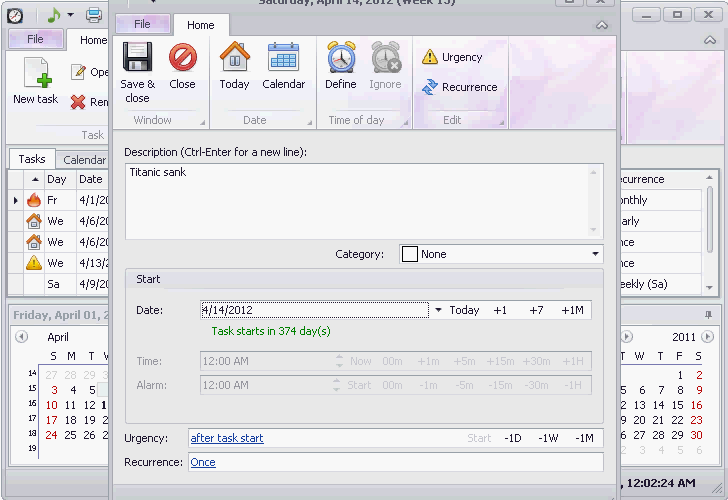

To delete a data source, click the three buttons and hit “Delete data source.” How is GA4 Different?ĭata import is a valuable tool in Google Analytics, and if you’re used to Universal Analytics, you’re familiar with the many benefits. You can also upload data to an existing data source by clicking “Import now.” Just make sure you’re using the same columns in your new CSV file. Once your data is processed, you’ll see a green checkmark appear under “Status.” Select “Import” on the top right when you’re ready.

(I.e., select the rows from your CSV file that correspond to each given field.)ĩ. Select the Analytics fields and imported fields you want to join together. Give your data source a descriptive name.Ĩ. Log into your GA4 property and click “Admin” in the bottom-left corner.Ģ.
#IMPORT INTO UNIVERSAL TYPE CLIENT OFFLINE#
To import offline data into Google Analytics 4, you’ll need to have edit-level access. Additionally, you have a cap of 24 daily uploads. Your total imported storage limit is 10GB, and each data source has a limit of 1 GB. Keep in mind that there are limits to the data you can import. This means if you delete your imported file, no further data integration takes place, and the joined data will disappear from your Analytics property. Unlike the previous method, this type of data integration is temporary. Here, your imported data is joined with your Analytics data only when you open a report and Analytics releases a query for the reported data. Reporting/Query time: If you’re uploading product data, this is what Analytics will use. Keep in mind that this kind of joined data is not available when creating audiences or segments in your GA4 property.Ģ. Also, if you delete the imported data file, it will not show up along with future Analytics data, but the previously integrated data will stay in your Analytics account. Note that with this type of data integration, the imported offline data cannot be joined with historical Analytics data. So, it’s as if the offline data were collected along with the Analytics event, and thus, the joined data is written into the Analytics aggregate tables. With this method, your imported offline data is joined with your Analytics data at the same time the data is collected and processed. Collection/Processing time: If you’re uploading data based on user ID or client ID, this is how your data will be joined. Depending on your choice, the data will either be uploaded at collection time or reporting time:ġ. You can upload information into your GA4 property according to product metadata, user ID, client ID, or an offline event. Importing user or product data can help you create segments and remarketing lists and gain merchandising insights.Īnalytics joins the data you import into your property in two different ways, depending on what kind of data it is. For example, you might want to import a list of all your featured products or a list of users and their lifetime customer value. The data you import can be user-related or product-related. Analytics can then map this data into your GA4 property. You can import data from an offline business tool like a CRM or CMS system as a CSV file (or you can simply create a spreadsheet with your data). Using data import, you can upload information from external sources and join the information together with what you collect in GA4.ĭata import means you can create a centralized location for your blended data, so you can get a comprehensive look at all your user, event, and product information and create key visuals. What is Data Import?ĭata import is an important part of making the most out of your GA4 property. So sit tight and learn about importing offline data in this new version of Analytics. Today, we’re going to walk through an overview of the data import feature in Google Analytics 4. Imported data may be applied as Analytics data is collected or once the report is produced depending on the type of data uploaded. What exactly is data import in Google Analytics 4? Data import lets you upload information from a CSV file and integrate it into your Analytics property. But if you’re new to GA4, you’ll find that data import is simpler than ever in this new version.

Data import is a feature you’ve probably used before if you’re a long-time Analytics enthusiast.


 0 kommentar(er)
0 kommentar(er)
